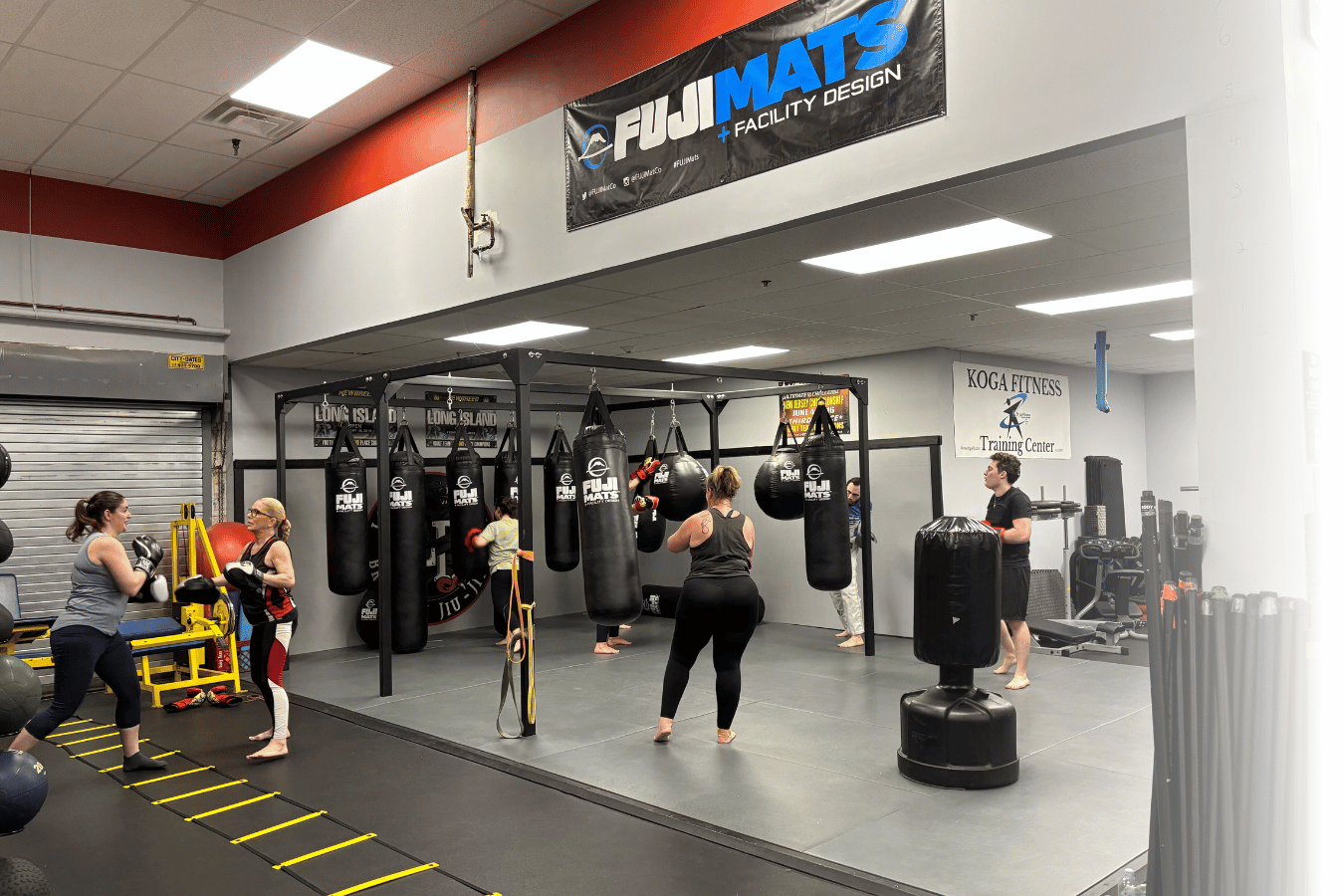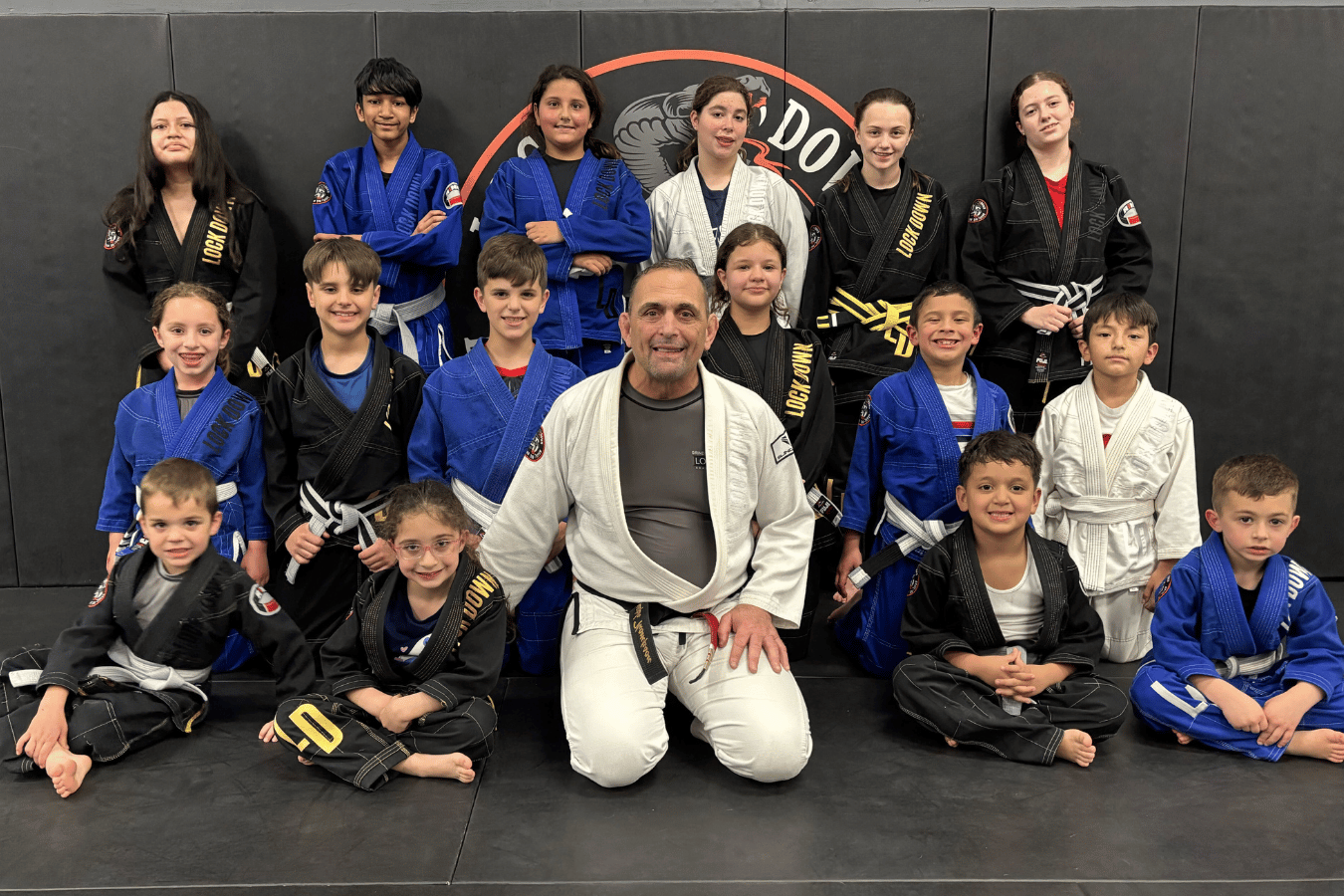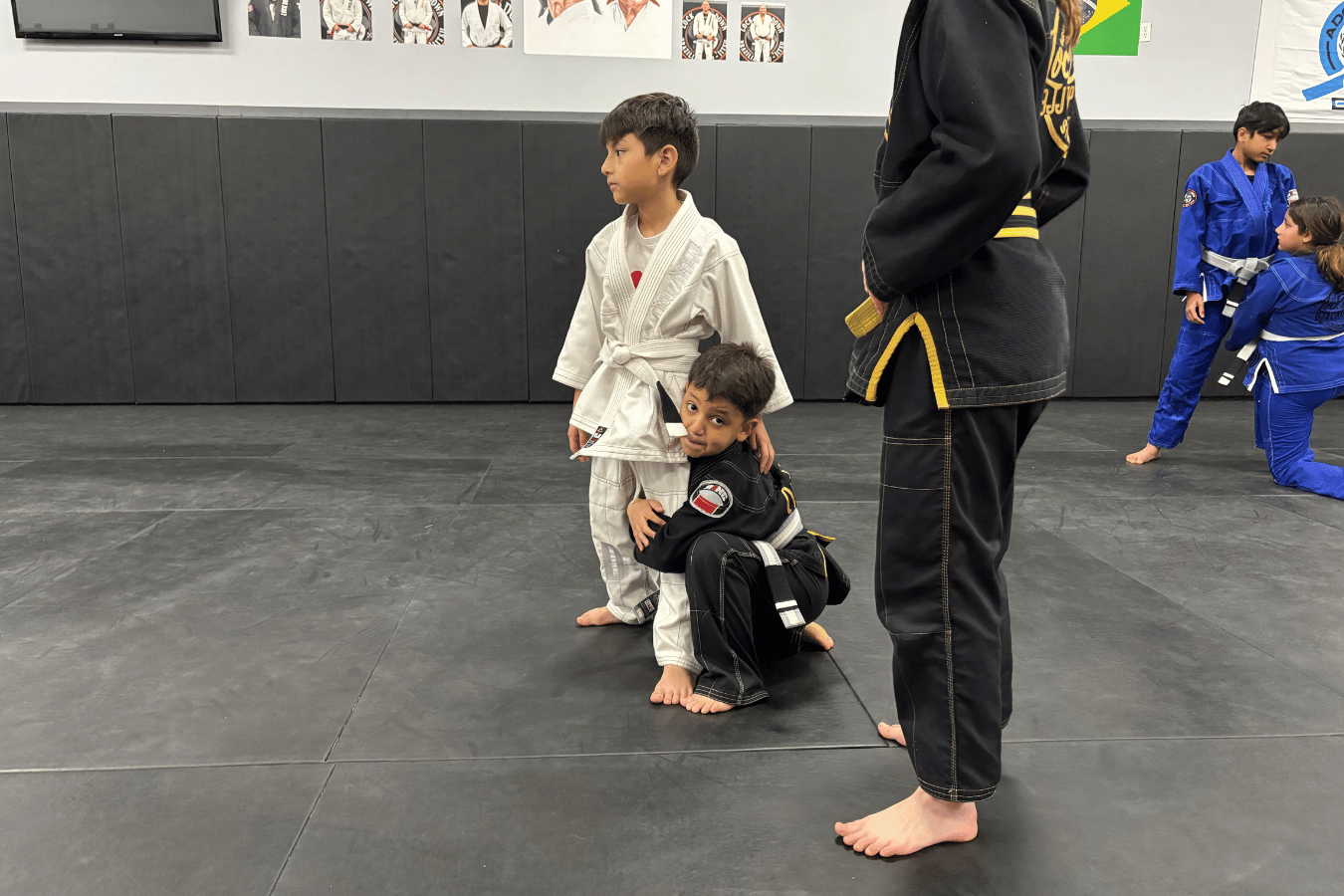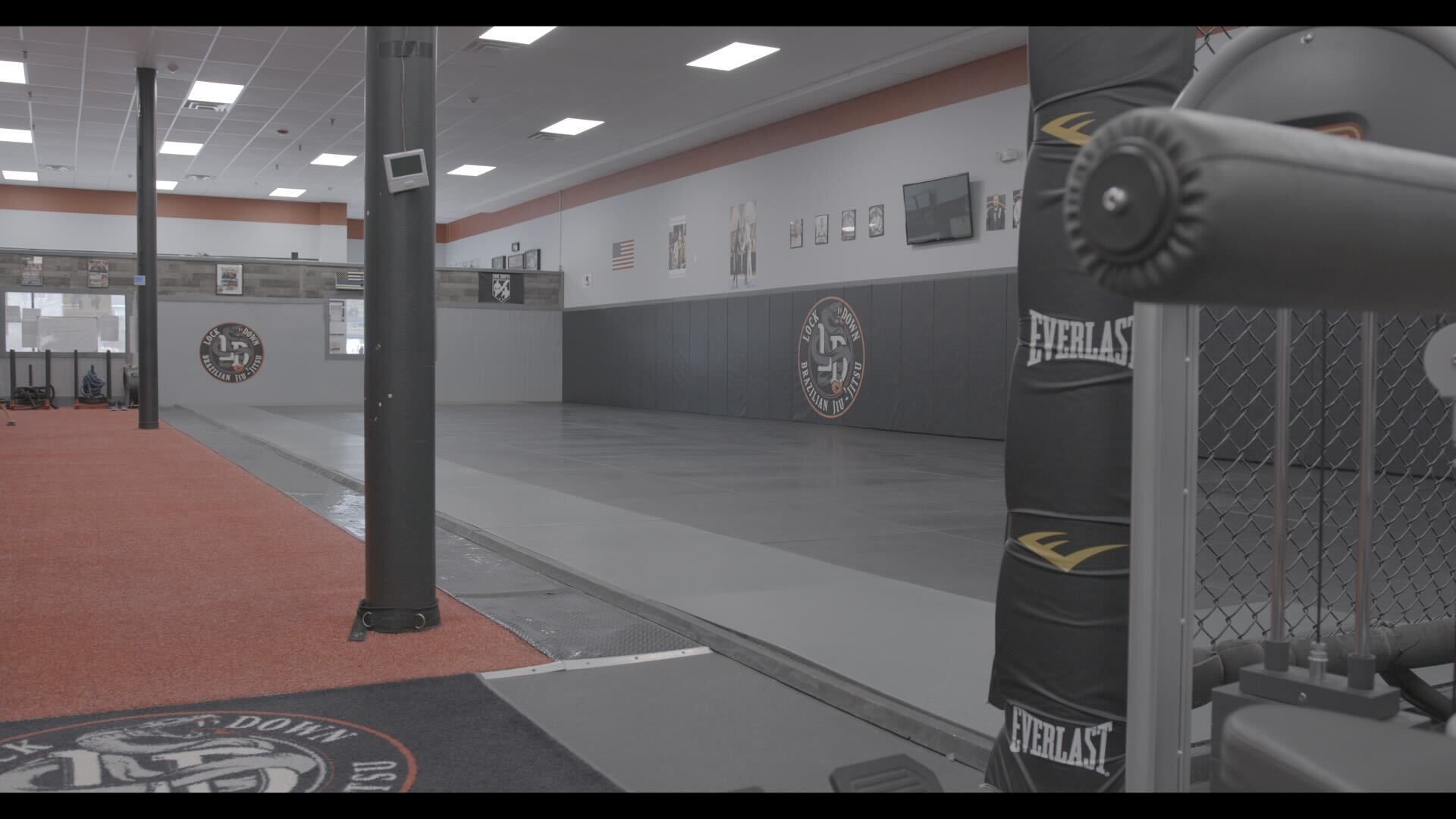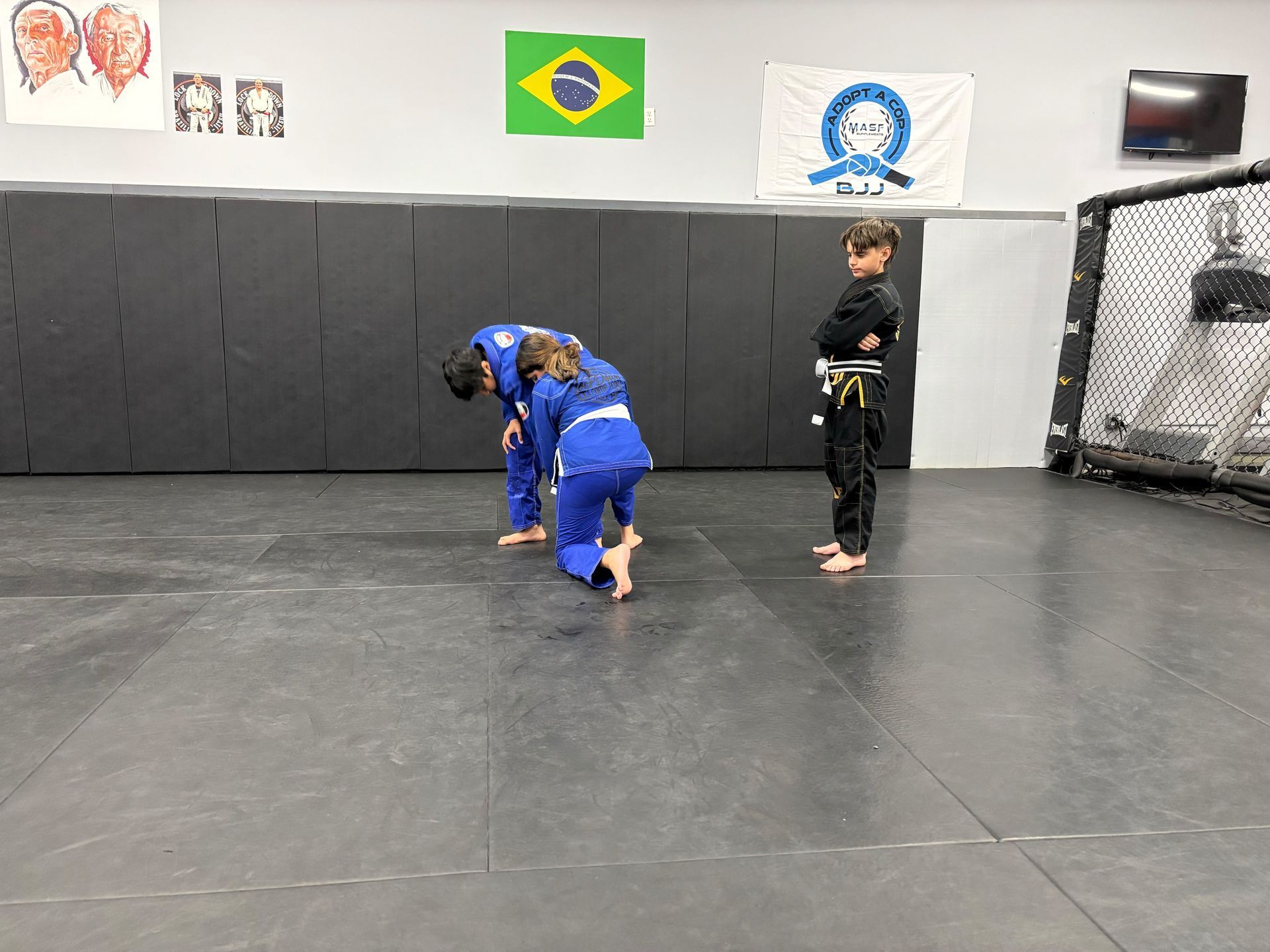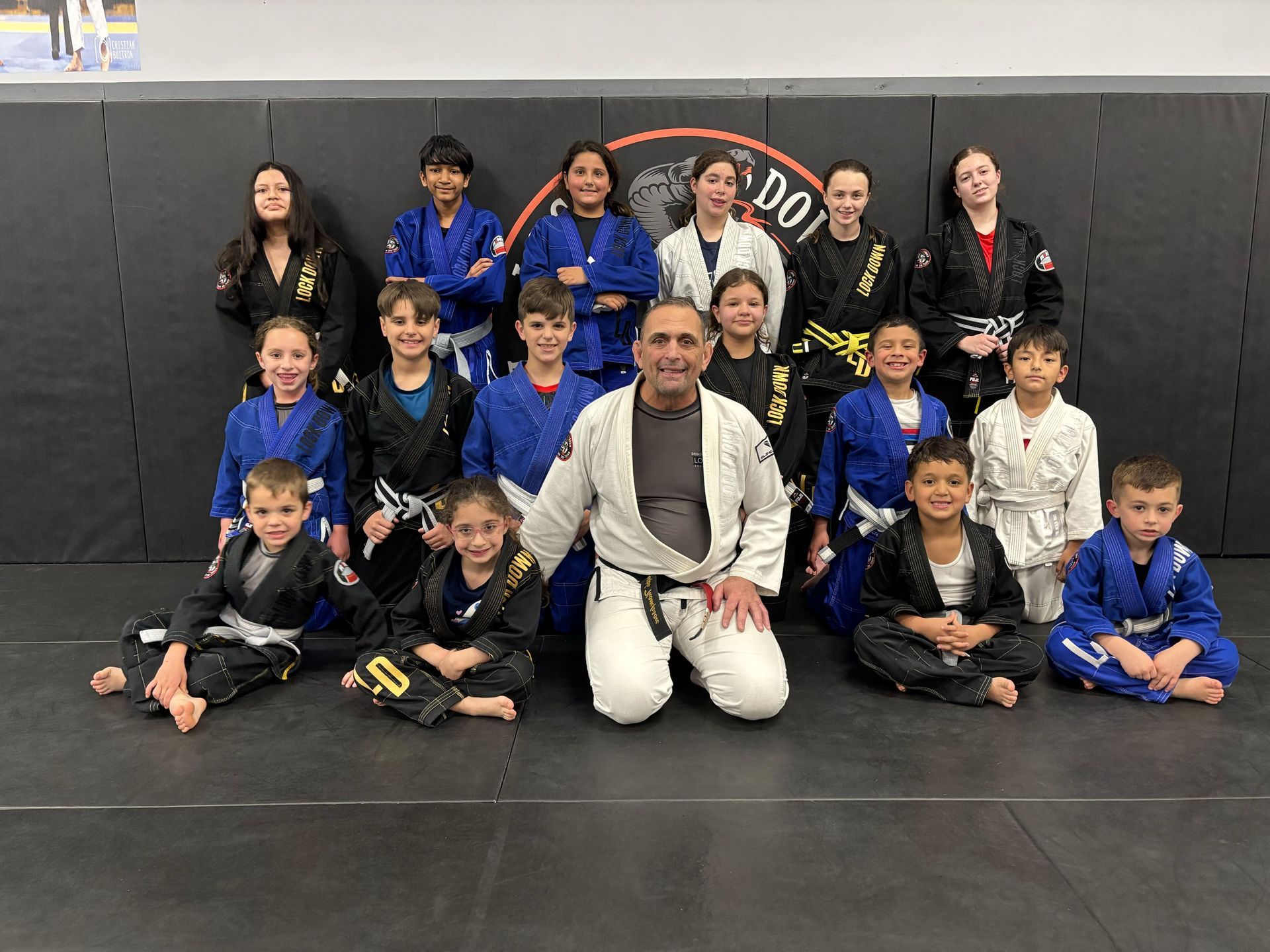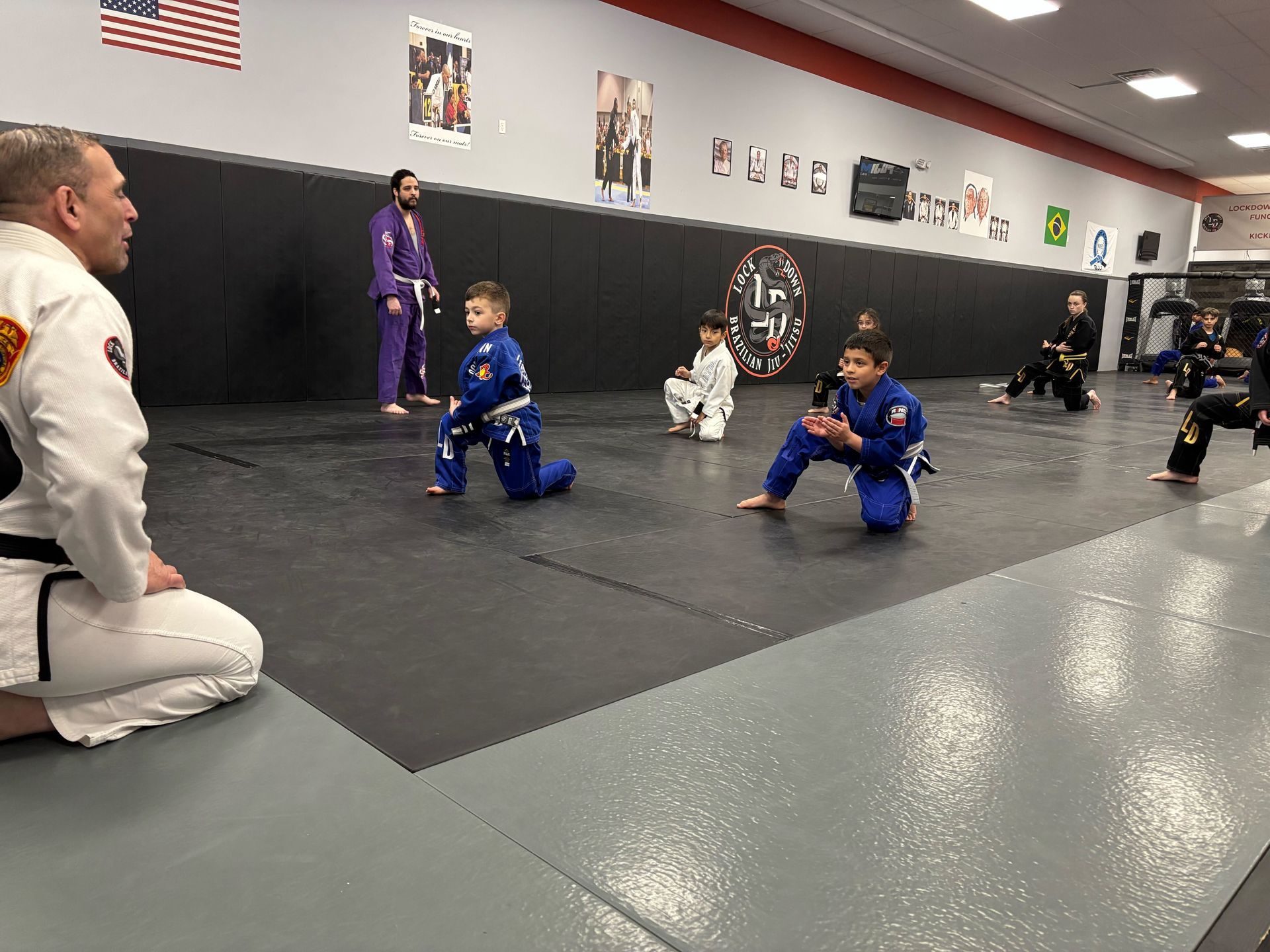Brazilian Jiu-Jitsu (BJJ) is one of the most effective martial arts for self-defense, fitness, and competition. However, like any sport, it comes with its risks—especially when training intensively. Whether you're a beginner or a seasoned practitioner, the last thing you want is to get sidelined by an injury. Fortunately, there are several key strategies you can implement to minimize the risk of injury and continue your training safely.
At Lockdown Brazilian Jiu-Jitsu, we prioritize safety in every class. Our experienced instructors ensure that students learn proper techniques while focusing on building strength and confidence. In this guide, we’ll share practical tips on how to prevent injuries in BJJ training and keep you in top form.
Why Injury Prevention is Critical in Brazilian Jiu-Jitsu
Brazilian Jiu-Jitsu is a grappling-based martial art that involves a lot of physical contact. While this can be an advantage in a real-life self-defense situation, it also means there is a higher risk of injury compared to other sports. Training in BJJ typically involves throws, joint locks, chokeholds, and ground combat, which can lead to strains, sprains, bruises, and worse if not done properly.
Injury prevention in BJJ not only helps you stay in the game longer but also enhances your overall progress. By minimizing injuries, you can train more consistently, gain muscle memory more effectively, and avoid setbacks in your fitness journey.
1. Warm-Up Properly Before Each Class
A proper warm-up is essential to prepare your muscles, joints, and mind for the physical demands of Brazilian Jiu-Jitsu. Warming up increases blood flow to your muscles, making them more pliable and less prone to injury. Here’s how to do it right:
- Dynamic stretches: Focus on movements that mimic the motions of BJJ, such as hip openers, shoulder rolls, and leg swings.
- Joint mobility exercises: Incorporate exercises to improve the flexibility and strength of your joints. This is especially important for wrists, elbows, knees, and ankles, which are vulnerable in BJJ.
- Short bursts of cardio: Perform light cardio, such as jogging or jumping jacks, to get your heart rate up.
By taking these steps before rolling, you’ll reduce your chances of pulling a muscle or straining a joint during intense practice.
2. Use Proper Technique and Control Your Strength
One of the main causes of injury in BJJ is improper technique. For example, a poorly executed armbar or chokehold can result in injury to both you and your partner. Focus on learning proper technique and avoid using brute strength, especially in situations where control is more important than power.
- Slow down your movements: Speed is not as important as control, especially when learning new techniques. Practice at a slower pace to refine your movements before increasing speed.
- Tap early and often: If you're caught in a submission or position where you feel uncomfortable or at risk, tap out early. It's better to lose the position than risk injury.
- Control your intensity: Don’t go all-out every session. In training, the goal is to learn and improve, not to win at all costs. By controlling your intensity, you’ll lower your injury risk.
3. Pay Attention to Your Body and Communicate With Your Partner
BJJ is a collaborative sport, and effective communication with your training partner can prevent accidents. If something feels off or painful, be sure to communicate it before continuing. Training should never cause pain—only discomfort as you challenge your body to improve.
- Speak up: Let your partner know if you feel discomfort or tension in any area of your body. This allows both of you to adjust your positions and avoid injury.
- Rest when needed: Don’t be afraid to take breaks if you’re feeling fatigued. Overexertion is a leading cause of injury.
- Stay aware of your body: Listen to your body and be mindful of how you feel during training. If you’re feeling any sharp pains or discomfort, stop and assess the situation.
By being proactive in communicating and staying in tune with your body, you can catch potential issues early and avoid serious injuries.
4. Invest in the Right Gear and Keep It Clean
Proper gear isn’t just about comfort—it’s about safety. Having the right gear for your training can make a significant difference in injury prevention.
- BJJ Gi: A high-quality gi that fits well will reduce the chance of burns, rashes, or injuries from grabbing the fabric. Ensure your gi is in good condition, with no loose threads or tears that can be used as leverage by your opponent.
- No-Gi Gear: If you train without a gi, wear compression gear that fits snugly to reduce the risk of friction burns and to provide support to your muscles.
- Mouthguard: Protect your teeth and jaw by wearing a mouthguard, especially during sparring sessions.
- Regular cleaning: Keeping your gi, training gear, and mats clean reduces the chance of skin infections and mat burns. Always wash your gi after training, and ensure that the mat area is sanitized before practice.
5. Avoid Overtraining and Give Your Body Time to Recover
Rest and recovery are just as important as training. Overtraining can lead to fatigue, which makes you more prone to injury. Make sure to take time off when needed, and don’t neglect sleep or nutrition.
- Take rest days: Allow your body to recover by taking at least one or two rest days each week.
- Get quality sleep: Proper sleep is crucial for muscle repair and injury prevention. Aim for 7-9 hours per night.
- Focus on nutrition: Eating a balanced diet with adequate protein, healthy fats, and complex carbs can help your muscles recover and prevent injuries.
Common Questions About Injury Prevention in BJJ
Q1: Can BJJ cause long-term injuries?
Yes, like any physical activity, BJJ can lead to long-term injuries if proper techniques and safety precautions aren’t followed. Common long-term injuries include joint wear and tear or chronic muscle strains. However, with proper training, injury prevention, and rest, you can mitigate these risks.
Q2: How do I know if I should stop training due to injury?
If you experience sharp or persistent pain, especially in your joints or muscles, you should stop training immediately. Ignoring pain can lead to more serious injuries. Always consult with a healthcare professional if you're uncertain.
Q3: Should I train BJJ if I have a pre-existing injury?
It's important to consult with your doctor before training if you have a pre-existing injury. BJJ can be adapted to accommodate certain injuries, but it’s best to get a medical professional's advice to ensure safe practice.
Simply Put: Stay Safe, Keep Training
By following these simple injury prevention tips, you can train more effectively and enjoy the many benefits of Brazilian Jiu-Jitsu without putting your body at risk. Whether you’re looking to improve your self-defense skills, boost your fitness, or compete at a high level, safety should always come first.
At Lockdown Brazilian Jiu-Jitsu, we’re committed to providing a safe and supportive environment for all our students. Ready to take the first step toward improving your skills? Book your free trial class today and start your journey with us!
Interested in learning Brazilian Jiu-Jitsu with expert instructors who prioritize safety? Sign up for a free trial class at Lockdown Brazilian Jiu-Jitsu and experience top-notch training in Lake Ronkonkoma!
